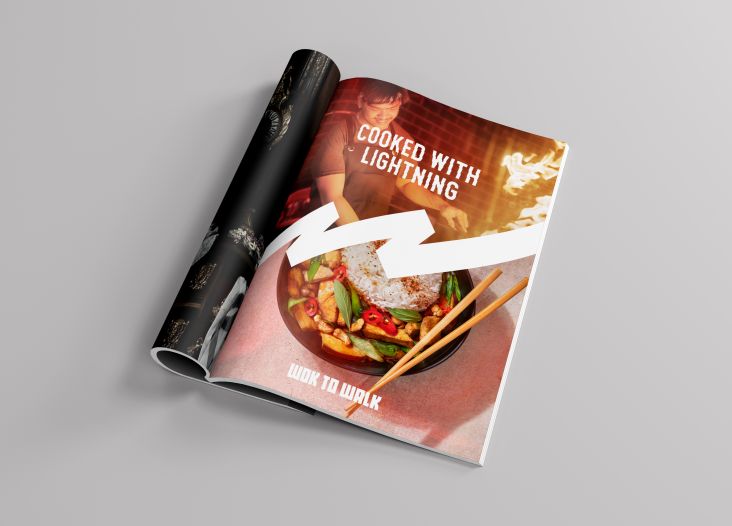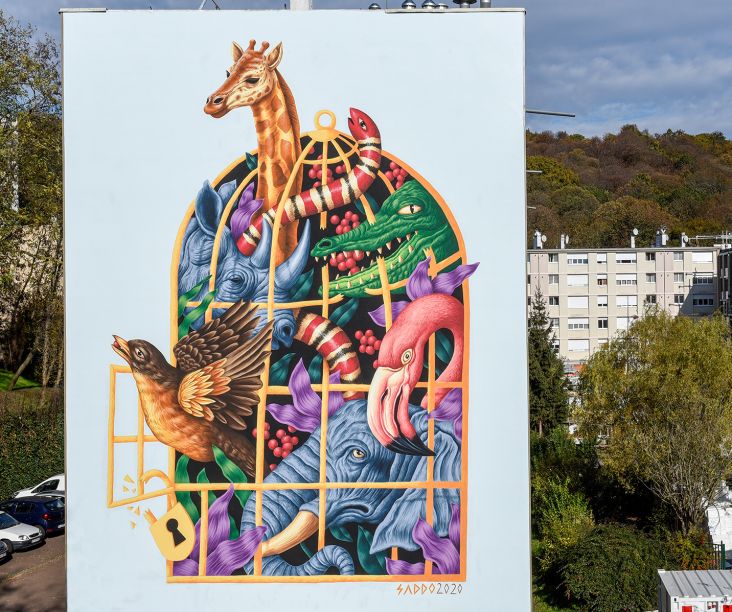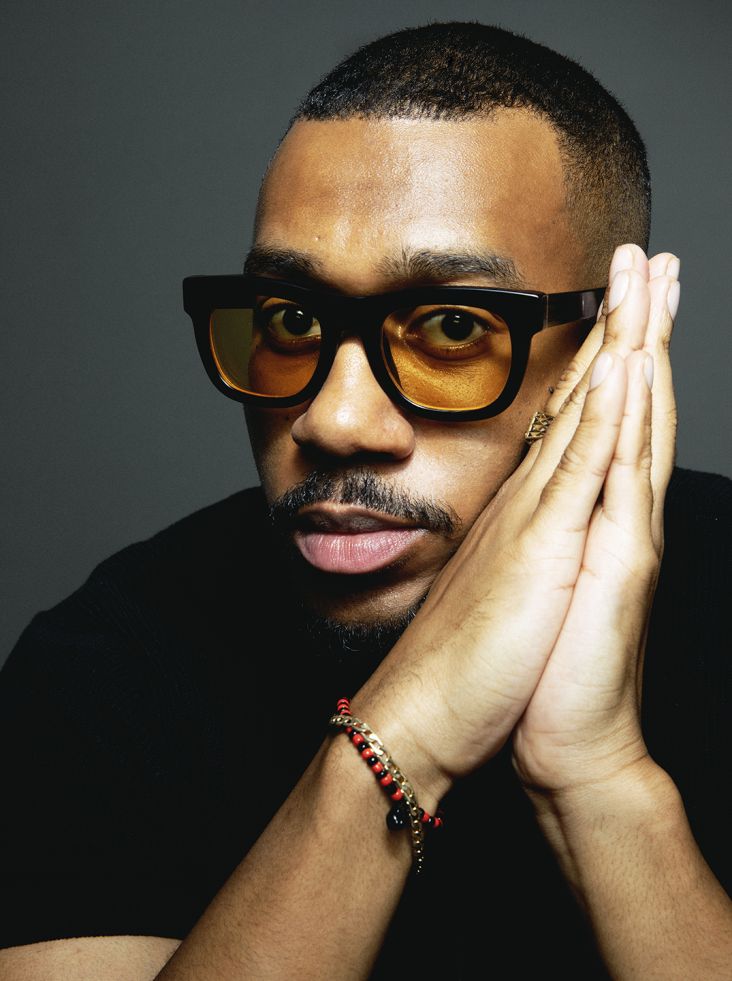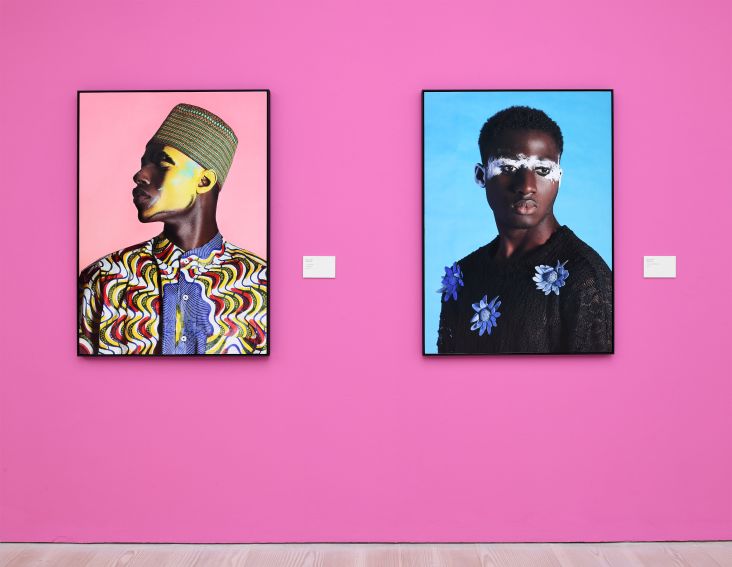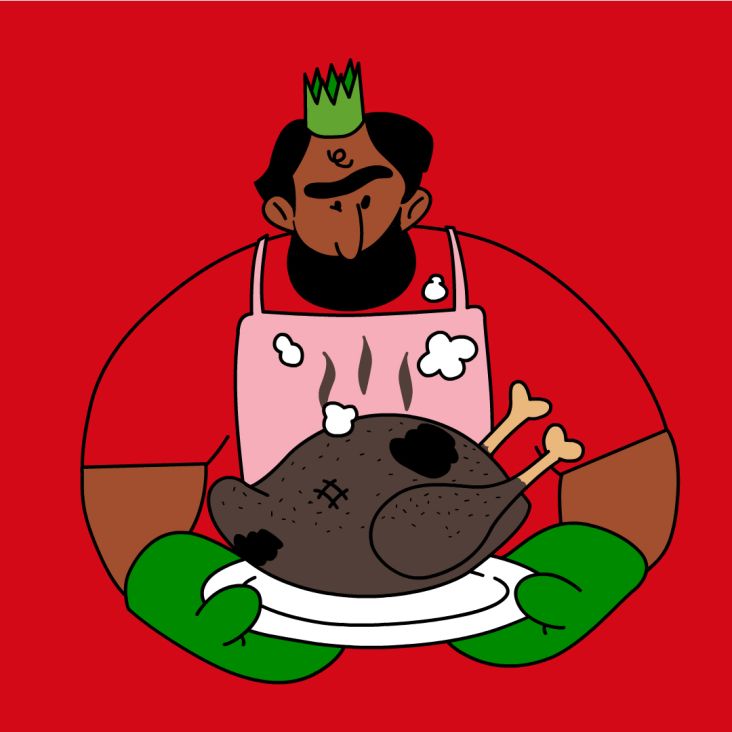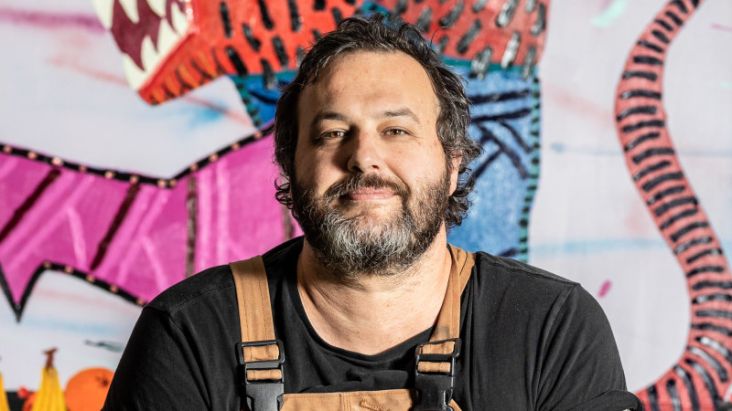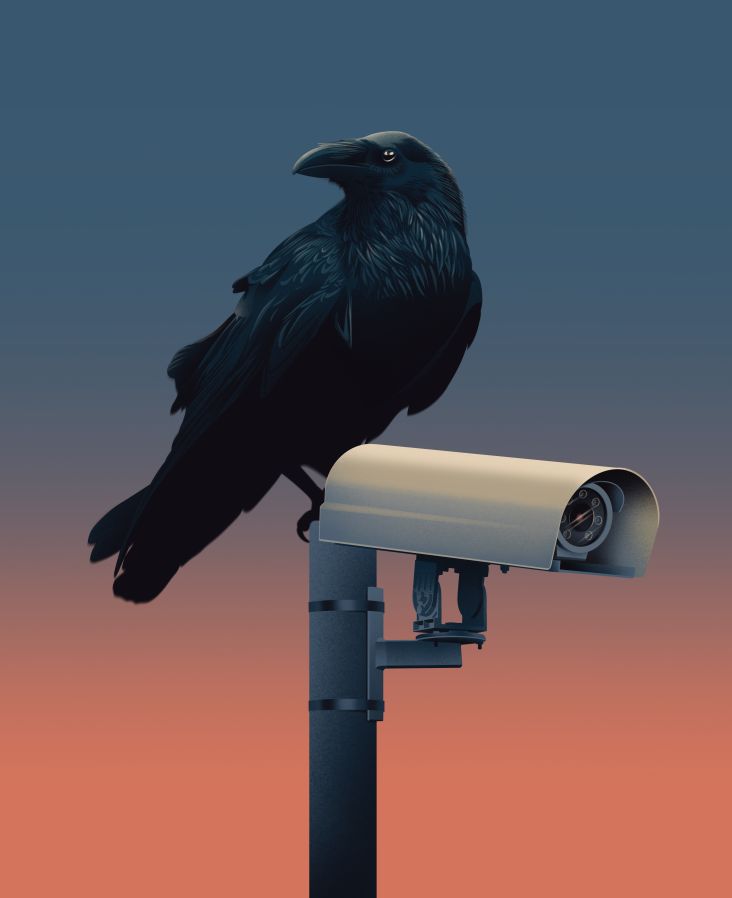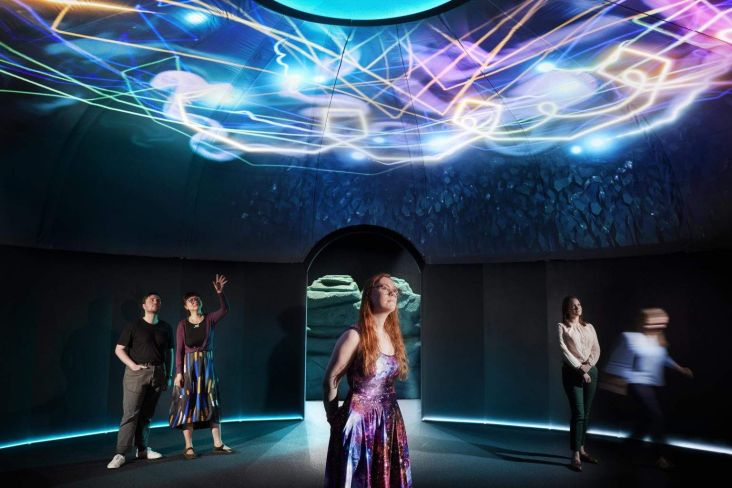Artist COVL on working in VR, being authentic, and making the metaverse inclusive
As Meta launches a new space within the metaverse, created by multidisciplinary artist COVL, we chat with her about the new opportunities virtual reality presents to creatives.
In the last few years, you've probably heard people talking about the 'metaverse': an online world where people can virtually meet through VR headsets, like in the film Ready Player One. But you might not have realised that this is no longer just a sci-fi dream. Meta, the company previously known as Facebook, is actually building it right now.
Buy an Oculus Quest headset, and you can enter the metaverse via Horizon Workrooms, which puts you in a virtual meeting room, or Horizon Worlds, which is an ever-expanding virtual universe where you can attend events, play games, watch bands, meet new people, hang with friends and more.
Meta is keen to get creatives on board to build new, exciting places within Horizon Worlds. They're making strenuous efforts to ensure that the evolving metaverse is diverse, multicultural and inclusive. So back in February, they launched the Metaverse Culture Series (MCS), with a Black Future series.
This was followed on International Women's Day by an exploration called Women Beyond. For Ramadan, they co-created a documentary with Muslim Creators around the world called #MonthofGood. Then came the Pride Unbound experience, exploring identity, chosen family, safety and culture in the future metaverse. Today, Meta launches the fifth instalment of the Metaverse Culture Series, Tercera Cultura (Third Culture), exploring Latinx culture, identity and equity.
As part of this, they've partnered with multimedia artist COVL to create Nuevo Norte (Spanish for 'New North'), a first-of-its-kind, mixed reality installation that can be experienced in VR in Meta Horizon Worlds. This will be accompanied in 'real life' by a 2D mural and an AR extension at the international art fair, Art Basel in Miami (1-3 December).
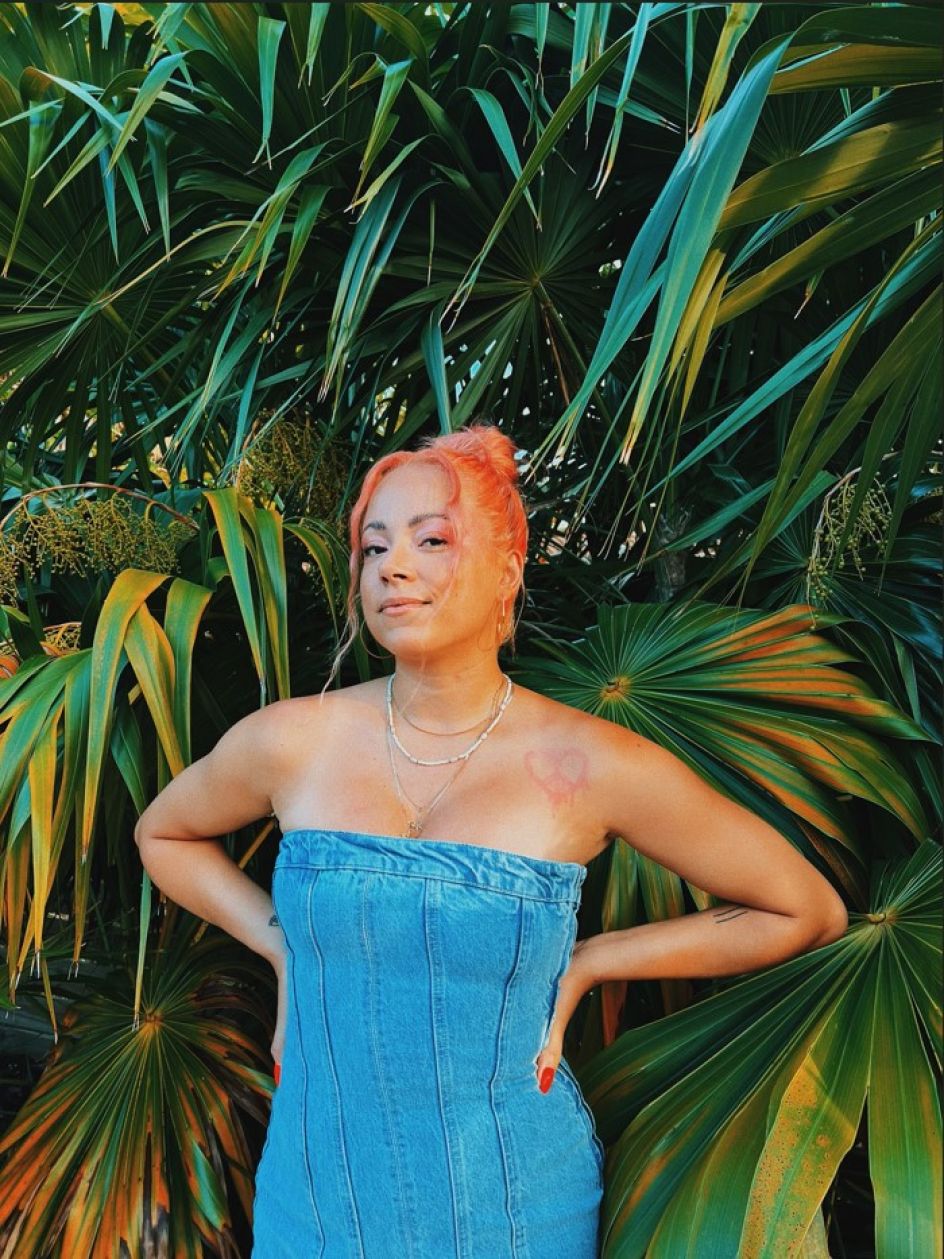
We're huge fans of COVL, whose illustrations are bold, super-colourful and bursting with energy, whether put to the service of big brands like Nike, Red Bull, and Google, TV shows like Never Have I Ever, or one-off projects like Instagram's first Coachella house. So we were delighted to get the chance to catch up with her in the metaverse, to chat about Nuevo Norte, staying to your culture and background, and working as an artist in VR. Read our interview with COVL below, or watch the full video at the top of the page.
First, though, a bit of background. Nuevo Norte is named after the street that COVL's family lived on in Puerto Rico before migrating to the US. And for her, it's a reimagining of home in a new, immersive, metaverse world while playing into her organic, psychedelic artistic style. Throughout Nuevo Norte, you'll find vibrant colours, soft edges, lush tropical greenery, and a playful, cinematic take on scale.
The VR experience spawns you into a technicolour tunnel; then, you enter a vibrant, expansive world filled with larger-than-life greenery and ethereal animals. In the distance, you can see four floating islands that you can visit through enchanted doors.
The first is La Islá, paying homage to COVL's upbringing in both Puerto Rico and Miami. Then there's Cafecito, an opportunity for COVL to revisit memories of spending time at local cafés with her grandparents, taking in the smell of freshly brewed coffee and butter.
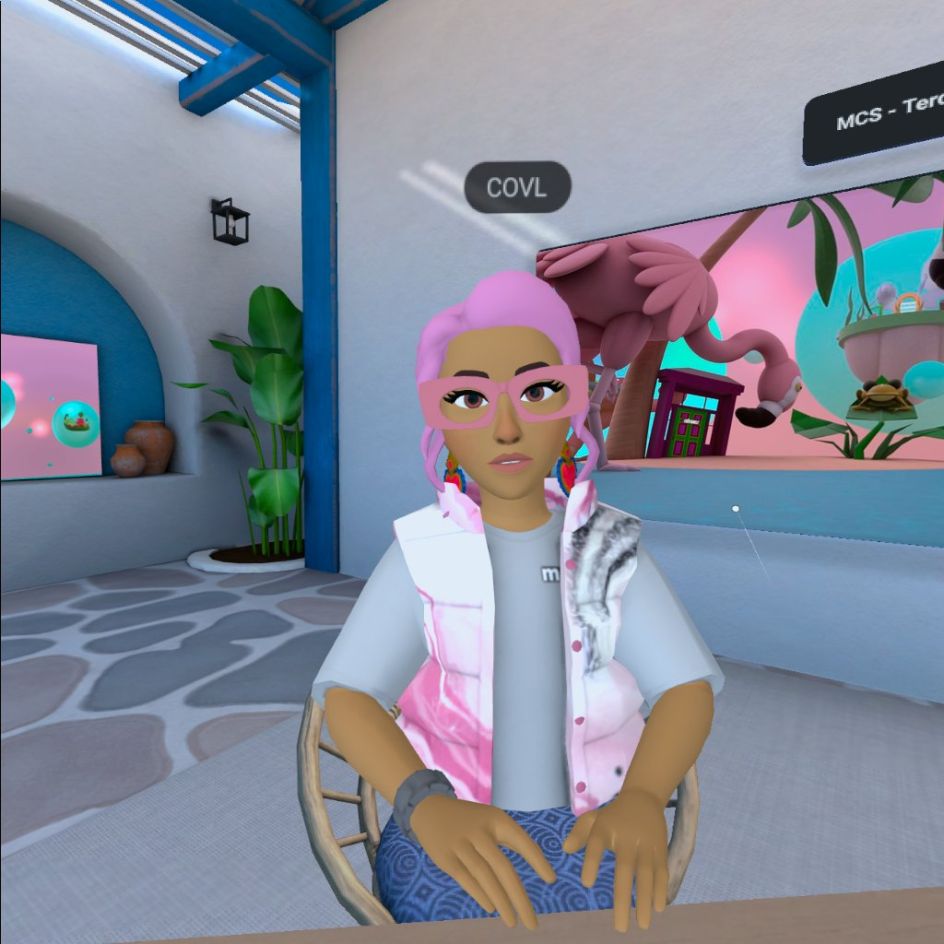
There's also a Conversation Area (Cuéntamelo) and a Discoteca, a multi-level dancefloor with neon lights and floating manatees swimming through the sky. The inspiration here is clearly Miami, where, growing up, COVL would fall asleep to the sounds of live salsa from local musicians as the lights of pink and orange would filter through the blinds.
Read on to find out how COVL approached the project and the challenges and learnings she experienced along the way.
How did you get involved in VR as an illustrator, and how did you develop the world in practice?
This is actually my first time working within this space. The Meta team initially contacted me to see if this was something I was interested in doing.
Horizon Worlds gives you the capability to create any world you dream of. It was a little daunting at first. But as with any skill set I've learned, it was actually really easy to get my footing. I could take the skill sets from the things I utilise with digital work and implement that into Horizon Worlds. The Meta team showed me the software and taught me more about the metaverse. That allowed me to expand into the world we are discussing today.
How similar or different was the creative process here, compared with creating a mural or illustration, say?
Luckily, I was able to implement the same kind of process. We worked back from sketching and creating mood boards. And then, from there, I could work closely with the team to start building out everything I had on my mood boards and sketches. So luckily, yes, I was able to implement my same kind of workflow into this space.
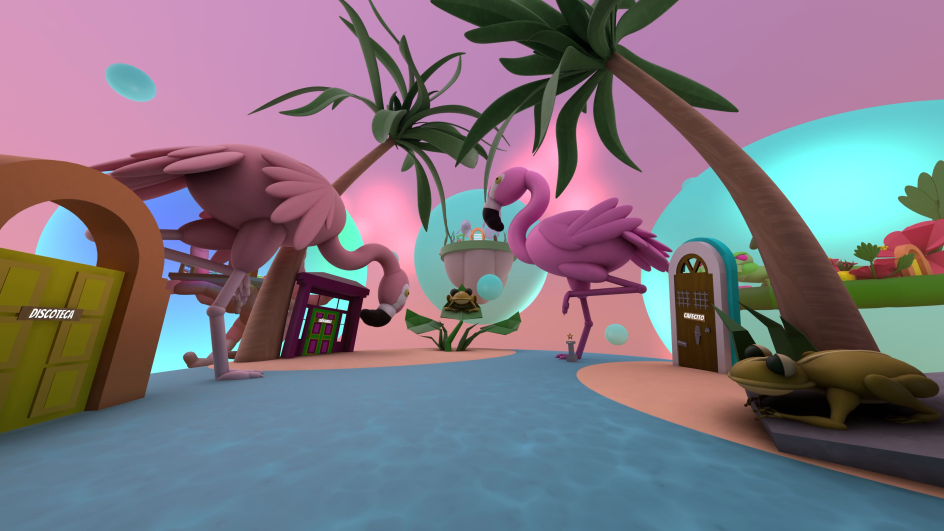
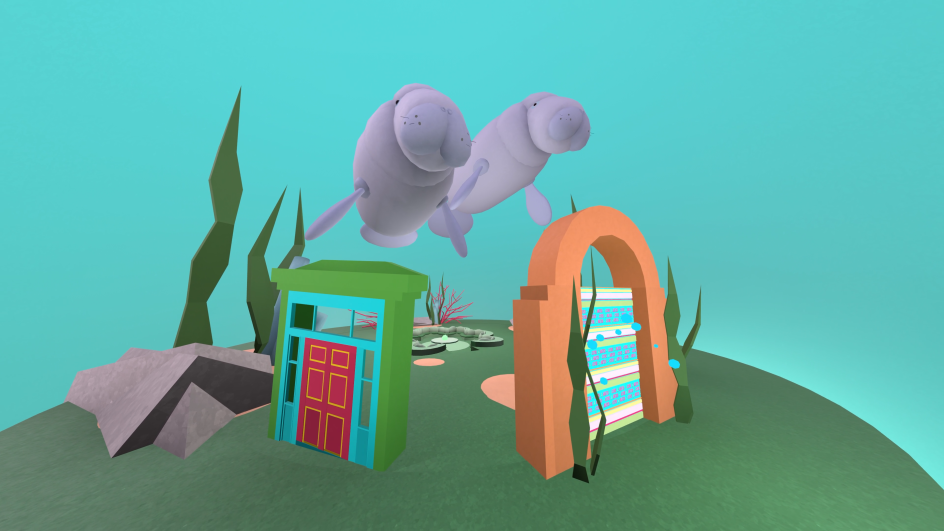
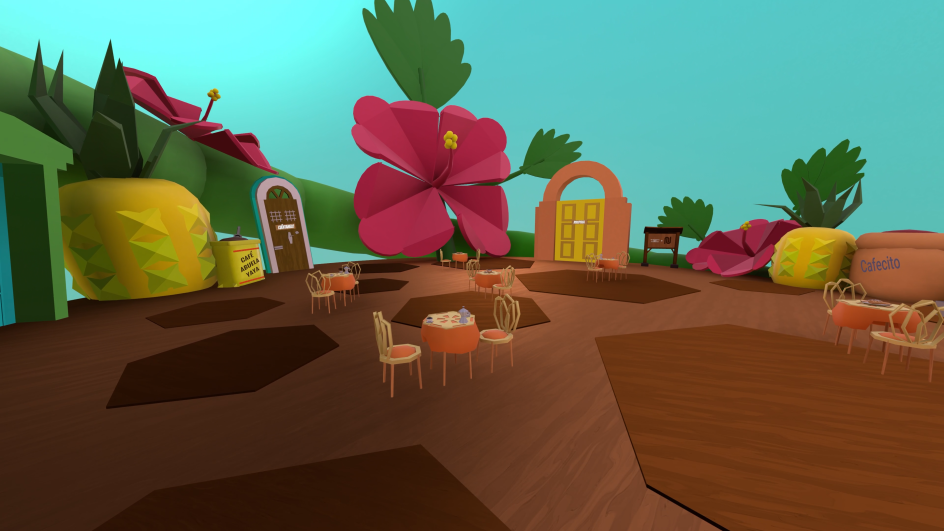
Was there anything that surprised you about creating in VR?
Honestly, I thought it was going to be very difficult. As artists, we have conditioned ourselves to be within our medium or skill sets. So for the longest time, I was working within the 2D space and shied away from being in the virtual space because I thought it would be a very difficult, tedious process.
But the moment I hit the ground running within Horizon Worlds, it was actually really easy to adapt to. Being able to, for instance, utilise your hands and build things out was a lot easier than I thought. To the point where now I'm just like, 'Okay, this is something that I can definitely implement in future projects.'
How did you come up with the concept for Neuvo Norte?
Really, I had this world already in my mind, like in my subconscious. So creating Nuevo Norte was second nature to me. It was cooking in my brain for years, and then finally, I was able to make it into what it is today.
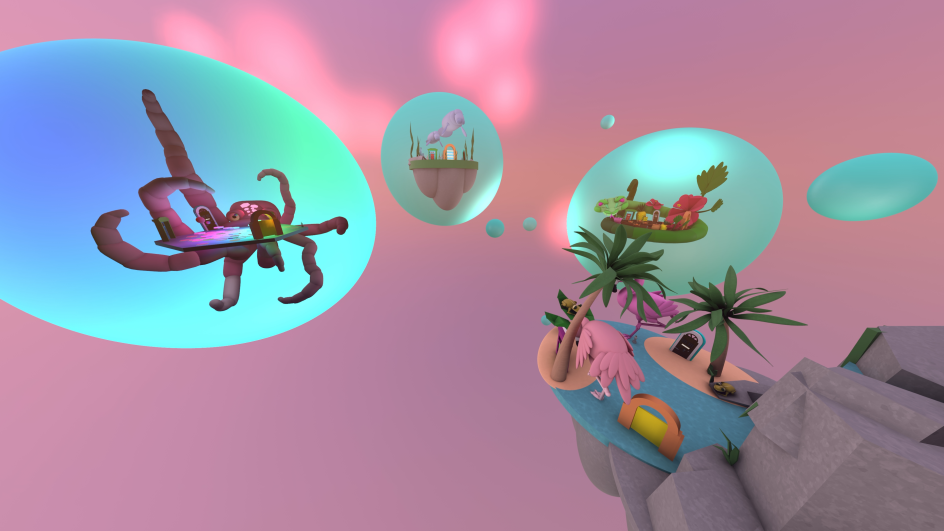
Your work is all about colour. Was that easy or difficult to put into practice within VR?
It was initially a little difficult because, with all my other work, it's very 2D. So I'll implement things like shine and shadow to make my work really pop out. In Horizon Worlds, I found that I could now actually physically use that light and shadow with the different features and compartments that Horizon Worlds has. So at first, understanding it was a little difficult. But the moment the team showed me how to utilise lights and vibrancy within that world, it just clicked.
In Tercera Cultura, you represent a culture millions associate with. How much pressure was there to get this right?
I felt a little pressure because this is a topic where you want to have inclusivity. You want to ensure that anybody who walks into this world feels like they're part of the narrative and the story. So there was a moment where I was struggling with that because there's only so much you can do to ensure everyone feels seen.
But with Neuvo Norte, to reel it back in, it was about my experience as Puerto Rican, and what did that look like? So that made it easier for me to identify myself around the world and implement things that I felt would tell my story as being Puerto Rican, but also the nuances of what being Latin, Latino, or Latina is. And hopefully, people can resonate with that. It may not look or sound the same, but the experience at hand is the same.
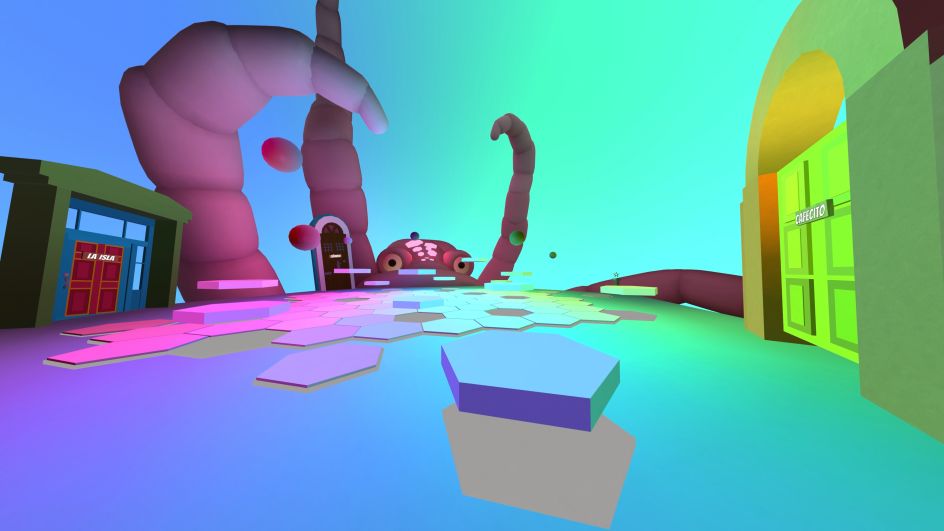
You've also been creating other work that fits this VR creation. How did you make all that work together cohesively?
At Art Basel, we'll be activating in three ways. We'll have an eight by 20 feet mural that's my iteration of what Nuevo Norte looks like. And then, when attendees see the mural, they can take their phone, open up Instagram, and that mural will come to life in AR (augmented reality). And then the third component, the root of it all, is the metaverse. So attendees will be able to experience this in VR, AR and physical space.
I'm sensing you've enjoyed this experience, so would you encourage other artists to get involved in VR?
Absolutely. I think this space has opened my eyes and mind to the possibilities of what art can be in the future. And having equity in the future art you create and what that looks like.
As artists and creators, it's part of our ethos to constantly evolve and learn. Trying to see how we can adapt our work and craft to different aspects and mediums. So I definitely recommend that artists of every medium give the VR space, the metaverse, a try. I recommend being curious and asking questions about how you can be a part of it. And even, you know, reaching out to someone at Meta and having a conversation with them to see how they can be a part of this experience.
Learn more about the Metaverse Culture Series here.




 by Tüpokompanii](https://www.creativeboom.com/upload/articles/58/58684538770fb5b428dc1882f7a732f153500153_732.jpg)


 using <a href="https://www.ohnotype.co/fonts/obviously" target="_blank">Obviously</a> by Oh No Type Co., Art Director, Brand & Creative—Spotify](https://www.creativeboom.com/upload/articles/6e/6ed31eddc26fa563f213fc76d6993dab9231ffe4_732.jpg)








